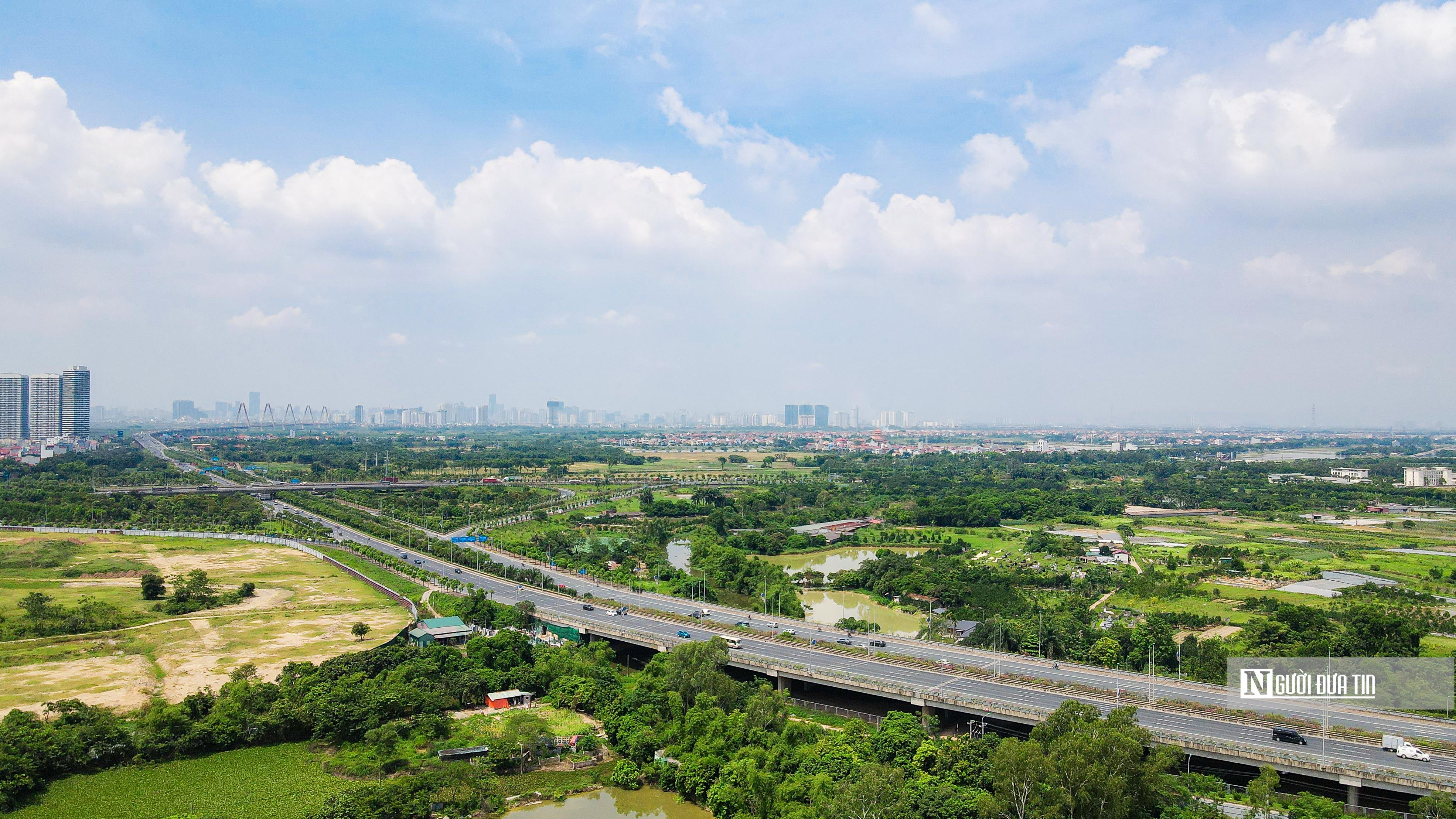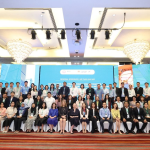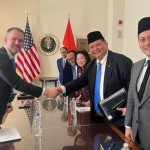Total number of posts 461.
Vietnam is promoting public investment as one of the main solutions for higher economic growth.
One of the most prominent changes since Vietnam initiated Doi Moi in 1986 is the country's transition from one of the world's most closed economies (closed to trade, technology, communications and movement of people) to one of the world's most open economies (in terms of trade and foreign direct investment/GDP ratio).
The share of trade and foreign direct investment (FDI) in GDP has increased from a minimum in the mid-1980s to the highest level in the world. FDI and technology transfer, know-how and market access have helped Vietnam become a major exporter of electronics, garments, footwear, furniture, seafood and agricultural products.

Many multinational corporations have established manufacturing facilities in Vietnam to take advantage of its skilled workforce and relatively low labor costs, as well as Vietnam's strategic location in Asia. This has helped Vietnamese entrepreneurs, managers and workers access international best practices, promoting skills development and innovation.
Growing links with global supply chains have helped Vietnam further develop its technical capabilities. Moving up the value chain has created more jobs in more complex and higher value-added manufacturing and services industries. This is the main driver of productivity and income growth.
Economic integration has increased the demand and supply of more sophisticated and higher-value logistics, financial, marketing and other services. Rapid growth in tourism, education abroad and increased business interactions have boosted the hospitality and other services industries, helping to diversify economic and employment opportunities.
Successful strategies to expand trade, FDI and to link with global value chains to upgrade industries and promote skills development have helped Vietnam become an increasingly dynamic nation in the global economy. The results of economic growth have contributed to improving and stabilizing the living standards of many Vietnamese people.
New challenges and opportunities from new generation FTAs
Integration has also posed challenges. The economy has become more vulnerable to economic shocks, as demonstrated during the Covid-19 pandemic and subsequent global recession. Some businesses have failed in the face of increasing international competition. Some families lost jobs and income.
Much of the initial focus in attracting FDI has been on labor-intensive and low-productivity industries, which often have low wages, variable working conditions and job security. The transition to higher value-added manufacturing with increased linkages to the rest of the economy is taking time. Some investment and trade activities impose environmental costs.
The challenge now is to encourage more investment in cleaner, more productive and more sustainable business practices. Labor and environmental standards need to be better enforced to improve job quality and avoid negative environmental impacts, while also allowing access to higher-value market opportunities. as newer trade regimes are starting to be implemented, including more stringent environmental and social protections.
New generation FTAs - more precisely, regional economic cooperation agreements, such as the Regional Comprehensive Economic Partnership (RCEP), ASEAN-Australia/New Zealand Free Trade Agreement (AANZFTA), the Comprehensive and Progressive Agreement for Trans-Pacific Partnership (CPTPP), the Vietnam - EU Free Trade Agreement - and bilateral agreements are opening up new opportunities for businesses, workers and Vietnamese consumers. But increased and more efficient public investment is needed to maximize national economic benefits.
In that context, the World Bank's recent finding that "Vietnam's public investment is on a downward trend, from 8% of GDP in 2011 to 6% of GDP in 2022", is a real problem.
Effective public investment and a supportive policy environment are needed
Public investment is needed to develop modern and efficient infrastructure, including multimodal transport networks, ports, energy supply and distribution, urban centers and industrial parks, digital connection. Unfortunately, according to the World Bank, Vietnam's infrastructure quality ranks 77th out of 141 countries, far behind regional competitors such as China, India, Indonesia, Malaysia and Thailand. Lan.
Rapid infrastructure improvements, combined with a supportive policy environment, can enhance competitiveness by attracting business investment, reducing trade and production costs, and facilitating benefits the circulation of goods and services.
Public investment and reform policies on trade facilitation, customs modernization and regulatory reform to streamline cross-border trade procedures are needed to make it easier for businesses to engage in international trade. Such measures are especially important for small and medium-sized enterprises so that they can begin to build international economic links.
Public investments that leverage increased private investment in logistics and supply chain infrastructure can help reduce transportation costs, reduce delivery times, and improve the competitiveness of locally produced products. Investing in supporting industries can help businesses diversify exports and mitigate the potential impact of external shocks.
Successful integration into higher-value regional production networks will also require increased public investment in education, vocational training and skills development to raise labor productivity. Quality education and lifelong learning can drive innovation, helping Vietnam adapt to emerging market opportunities. In addition, consultation with workers and the business community is also important to determine future training needs.
Collaborative public investment in research and development and in technology clusters can help spur the technological progress and innovation needed to strengthen integration with more advanced regional value chains.
Public investment can help mitigate the impact of economic shocks by stimulating domestic demand and minimizing risks through building a favorable environment to attract long-term investment in economic activities is more diverse.
Furthermore, having a policy framework focused on small and medium-sized enterprises can also help maximize employment benefits from integration and help ensure more equitable outcomes from integration. Public investment in infrastructure and institutional development can be especially important for small and medium-sized enterprises.
Look forward
Despite the challenging international environment and domestic constraints, Vietnam continues to enjoy relatively high trade and investment flows, benefiting most of its people. However, the Vietnamese Government can still implement more policies to improve outcomes from economic integration.
Increased public investment and better management can enhance Vietnam's competitiveness, further expand trade opportunities and promote innovation. This will help Vietnam benefit more when participating in new generation economic cooperation agreements that are replacing previous FTAs with a narrower scope.
More effective investments in human development, green technology, the environment and social safety nets can help ensure that all segments of society enjoy the benefits of economic growth, while the environment is better protected.
Currently, the good news is that, according to the General Statistics Office, there has been a strong recovery in public investment capital disbursement in the first half of 2023. But there is still much work to be done. The level and efficiency of public investment disbursement can be enhanced by improving public investment planning, coordination with provinces, and design and management of public investment projects. Decision makers and implementing agencies need to be more accountable for delivering quality investments according to agreed targets.














